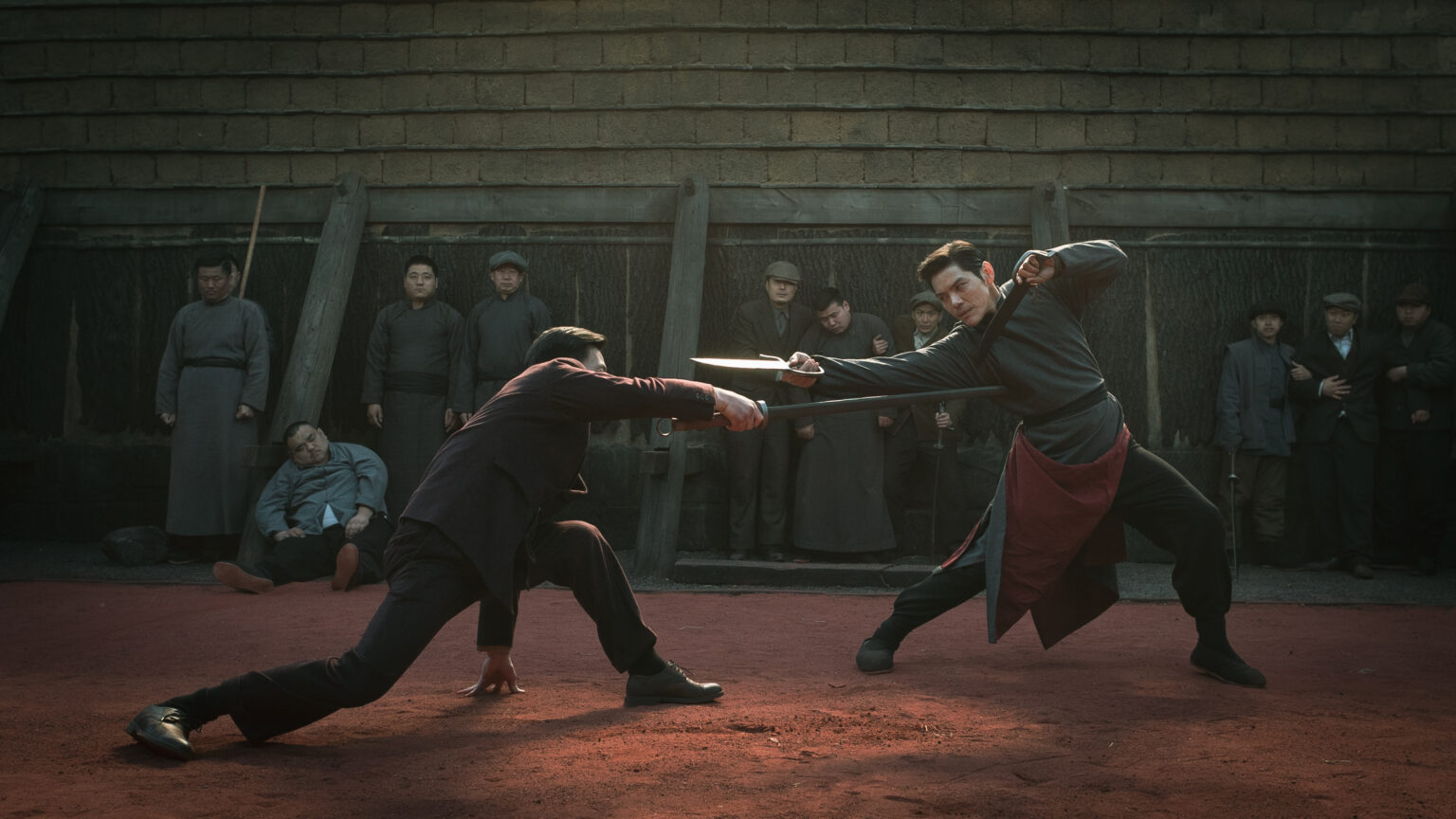Interview by Paul Salfen
SYNOPSIS: Set in Tianjin in the 1920s, 100 YARDS drops audiences into a time in history a mere decade after the 1912 establishment of the first formal martial arts school in the area. As more schools began opening and acting as natural crime deterrents in their designated areas, martial arts practitioners—and the newly founded clandestine martial arts circle—grew in prominence and expanded their range of influence, leading to a fierce power struggle that hit a breaking point after the death of the renowned master of a Tianjin martial arts school.
NOTES ON THE FILM By Haofeng Xu, Junfeng Xu
100 YARDS is set in 1920s Tianjin, an intriguing time in history during which China ended generations of emperor monarchy for the span of just a few years, leaving the old system to collide with the new as “East met West.” Social orders, including the martial art circles, were re-establishing through a process of trial and error. It is peculiar that martial arts people—at the time, part of one of the lowest social classes—took up former etiquettes of the more respected scholars when in contact with those of similar social standing. They also set unwritten rules for wheeling and dealing with other trades while they tried to find their new bearings in the changing society.
A recurring theme in Xu’s collection of works is equilibrium. The director observes that whenever new orders are introduced, people will test them. Instead of allowing those parameters to be constantly tested and reformulated, orders and exceptions must simultaneously be put in place to reach a level of normalcy and stability.
In 100 YARDS, Xu takes a deliberate turn in style, intensity, and pacing, with the intention of reinventing martial arts film for the younger generation while also maintaining his principle of capturing martial art movements via long shots instead of the common practice of employing montage plus special effects. Reality and truthfulness is his motto when it comes to martial art routines, or the way of living around Wushu. Designing genuine movements from fist forms that work for the camera has become one of Xu’s signatures.
An extra highlight to look out for in the film is the Wing Chun double knives in combat with the Wudang sword. These two weapons are not only indicative of the highest achievements in the practitioners’ respective wushu schools, but also are natural rivals to each other.
One last note: the audiences may notice curious procedural details during preparation for both proper duels and for the street brawls; such practices are not fictional, but rather, are based on research and recorded oral histories from martial arts master seniors.

